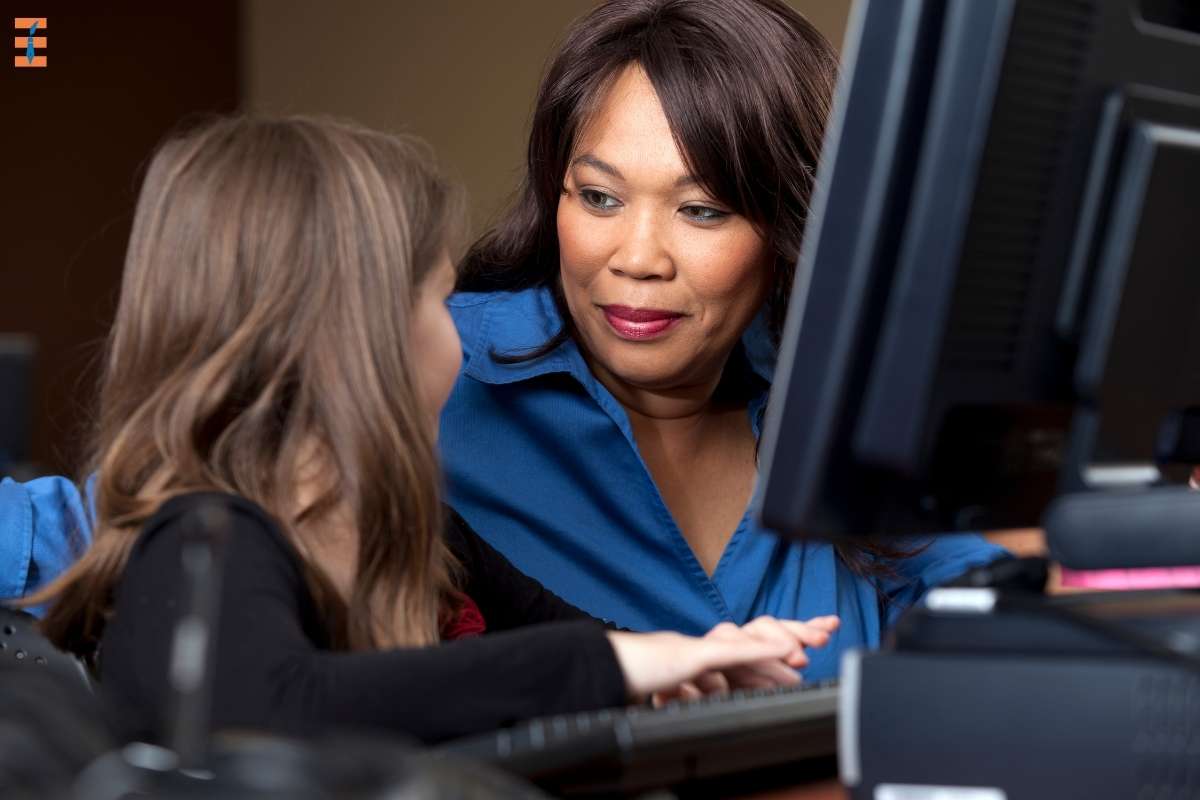Types of blended learning, it is impossible to ignore the importance of learning about new technologies in light of the fact that technology is constantly advancing and having an effect on every facet of our life. It is essential to keep in mind that “evolving” means progressing to the next level without completely eradicating the previous one; in other words, it means making the most of both worlds by combining the beneficial aspects of the older method with those of the more modern one.
This kind of instruction is referred to as blended learning in the field of education.
Over the course of the last several years, the idea of blended learning has seen a meteoric rise in popularity, and learning experts have been singing its praises for the many benefits it offers. Learning can be made more real-time, relevant, and engaging with blended learning because it blends the best aspects of conventional classroom teaching with newer forms of educational technology. Let’s go a little more into the concept of blended learning and examine the many forms it may take as well as the advantages it presents.
The following are the four primary types of blended learning;
1. Flipped Model
The traditional instructional format is turned on its head in a blended learning strategy that utilizes flipped classrooms. This approach places an emphasis on learners participating in online learning rather than attending a face-to-face training session first and then engaging in some online self-paced learning later on. Learners are responsible for consuming the required material on their own time, either at home or in advance of the class. Meanwhile, the time spent in class is dedicated to active learning and putting your newly acquired abilities into practice. Discussions, case studies, and collaborative projects are all excellent vehicles for accomplishing this goal.

Types of blended learning flipped classrooms provides educators with the opportunity to support students as they put into practice the concepts they have learned on their own and to facilitate the completion of educational projects. A blended learning environment allows for the possibility of in-person activities led by a teacher to coexist with individual study that takes place at home through the use of online modules or video lectures.
According to a recent article published on EdSurge, teachers typically utilize the face-to-face component of this model for the following:
- class discussions.
- Group work.
- Providing understandings that are associated with higher-order thinking.
- Identifying and resolving particular misunderstandings
2. Face-to-Face Driver Model
The face-to-face driver types of blended learning is the one that most closely resembles conventional classroom instruction due to the fact that the majority of the training is carried out in a classroom environment with the assistance of a teacher. Learners who are having trouble grasping the newly introduced ideas or who are lagging behind in the training program may get specific and individualized help using this strategy.

3. Rotational Model
Learners are required to adhere to a predetermined timetable as part of the rotational types of blended learning paradigm, during which they will alternate between studying at their own speed online and interacting with others in person. The timetables are set in stone but are subject to change.
Learners are given the opportunity to apply what they have learned via a variety of training approaches, which helps to close any knowledge gaps. Because of this, keeping track of the progress that learners have made during their course is made much simpler.
4. Flex Model
This types of blended learning is a student-centered, self-paced, and driven model. According to the book Learning in the Digital Age, flex models were initially developed to help returning students who had not completed their high school educations at the time of their introduction. Individual learners are responsible for their own progression through the modules, while educators are responsible for creating learning opportunities for their students and supporting their progress as required.
It’s possible that younger students aren’t ready for this level of autonomy just yet. The in-person components of the model have a variety of applications, including collaboration, intervention opportunities, breakout rooms, and laboratory exercises.

Learners are provided with a flexible and customized learning experience that is specially designed to meet their requirements via the use of the blended learning flex model. This paradigm enables for online learning to take the lead as the primary transmitter of the content across the whole learning process, while instructors offer the necessary assistance in more intimate settings. Flex models provide students the ability to choose the learning pathways and timetables that they follow during the whole process of education.
Bottom Line
Blended learning has received great popularity among teachers over the years due to its additional benefits over traditional ways of teaching. It is about utilizing the perks of technological innovations. Blended learning signifies the combination of traditional learning and e-learning that engages all kinds of learners and makes remote learning possible. We hope you enjoyed reading our blog and got to know about the main types of blended learning.











